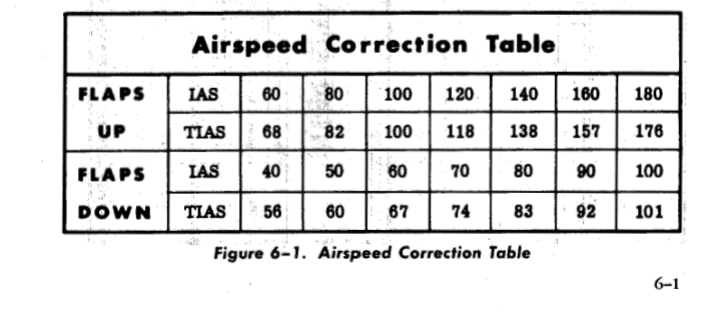JoseCuervo
En-Route
- Joined
- Mar 11, 2012
- Messages
- 2,868
- Display Name
Display name:
JoseCuervo
The whole "use flaps 40 or you aren't a real pilot" thing doesn't make much sense to me. Plenty of 182s don't even have flaps 40 and they all manage to land safely without them despite being the exact same airframe. There's a very real danger zone using flaps 40 if you aren't on your game that doesn't really exist at flaps 30.
Oh please....
The good engineers at Cessna put 40-degrees of flaps on the plane for a reason. Not to create a "danger zone".

